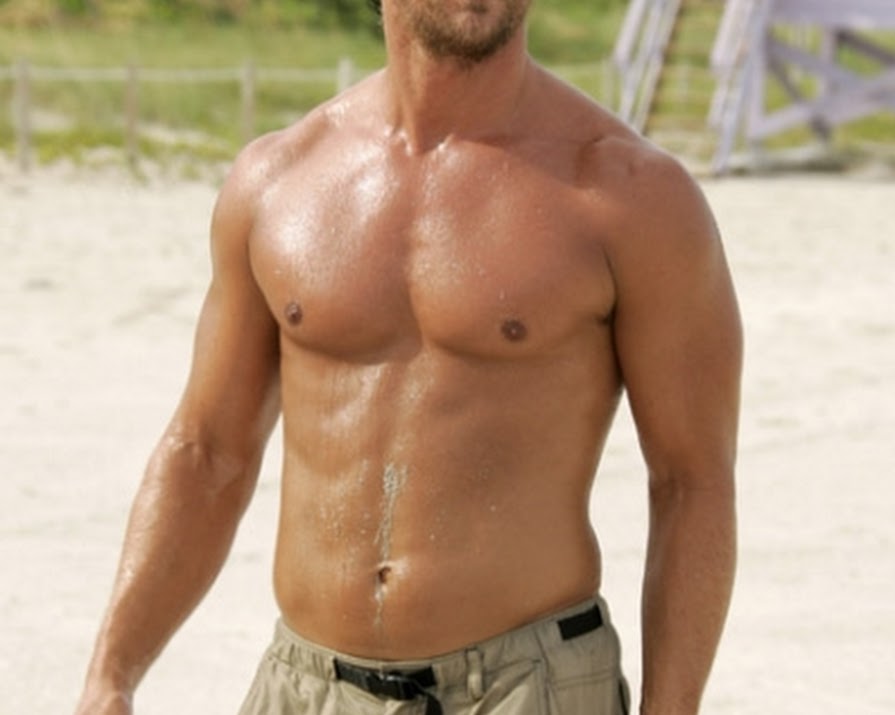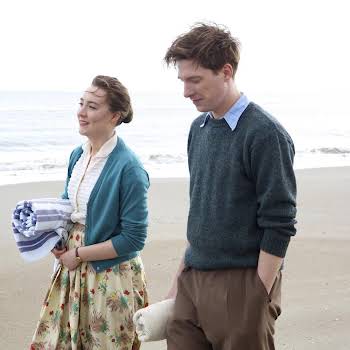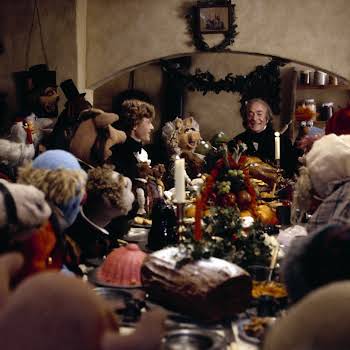
By IMAGE
09th May 2014
09th May 2014
They play superheroes on set and take gym selfies in their downtime. They choose between protein shakes, growth hormone injections, or hours of complicated makeup and prostheses. Film posters foreground actors’ naked torsos, while whole shoots grind to a halt so that the lead can ‘lean down’.
Call it the era of male objectification. This is Sparta, and everyone is ripped.
The trend towards hiring actors for their bodies alone is as problematic as it is pleasant to look at. Though few would argue that the objectification of women has run its course, to hit back with more objectification seems mean-spirited and wilfully childish. It might be tongue-in-cheek, as kitsch and self-aware as the tradition of the Diet Coke Guy, but surely the aim is not to balance the score so much as to move beyond it. Are we really prepared to abandon new feminism’s goodwill credentials in the name of Zac Efron’s torso?
The Zefron himself might be a sign of the times. Last month he had his shirt ripped from his body live on stage while accepting an MTV Movie Award (for ‘Best Shirtless Performance’, no less) and this month he appears in Bad Neighbours, a fratboys-vs-squares comedy with a thin plot draped around his chiseled torso. Other recent film releases continue the male objectification theme: there’s The Other Woman, a female revenge comedy?centered around Nicolaj Coster-Waldau – which somehow manages to fail the Bechdel Test – as well as the critically panned Pompeii, in which gladiator Kit Harington is strapped into strange, dubiously ?Roman? bondage gear and judged ‘a fine specimen’ before a fight. There’s even a 3D remake of Tarzan, the original musclebound man-child who had alarmingly little to say for himself.
In March it was found that women now buy over half the cinema tickets in America, perhaps inspiring filmmakers to ramp up the shirtless shots and gym hours demanded of actors. It’s interesting that in the same year as blockbusters like Pompeii, Under the Skin came out, a film in many ways about the objectification of men’s bodies, presenting itself as the gleefully sinister byproduct of the Era of the Lad. A question emerges: could Hollywood ever hate men as much as it hates women? This much-discussed Men’s Journal piece recently listed the lengths that actors go to in order to preserve their rippling bodies, and the risks involved are every parts as violent, as psychologically and physically damaging as an eating disorder or botched plastic surgery.
The rise of the superhero film demands a superhuman body: actors strive for a look not found in the natural world, even among world-class athletes. Anecdotes about Brad Pitt pumping up his arms with push-ups between takes are the least of it: human growth hormone, insulin and testosterone are all injected, along with starvation dieting and hellish twice-daily exercise circuits. Risks include accelerated cancer growth, heart damage and severe hormonal imbalance. With this routine lasting anything from ninety days to a year (the time taken to prepare Henry Cavill for Man of Steel) it’s enough to make anyone turn to prosthesis, as one rogue Spartan from the 300 cast is said to have done after he refused to give up beer and burgers.
Looking back at Oscars ceremonies in recent years, it’s possible to track a change occurring. The actors awarded most are those prepared to transform themselves, not with their acting talents, but with bodily modification. For every Anne Hathaway willing to cut her hair and live on radishes, there is a Matthew McConaughey or Tom Hardy or Christian Bale, willing to take it to more extreme lengths. While the actress is applauded for maintaining constant thinness, the actor must starve himself only to bulk up again the following month. The press won’t concern-troll him for his weight loss or gain; they’ll applaud his new body, disturbingly, without questioning how he got it.
And this trend isn’t only in cinema. Men might not yet be taking ‘belfies’ (uurgghhh), but James Franco, whether or not his Instagram feed is an elaborate meta-social media joke, leads the way for men to take as many selfies as women do. Where Lily Allen’s ‘Hard Out Here’?failed to level to score for sexism in music videos, Jennifer Lopez’s video for ‘I Luh Ya Papi’ went some of the way towards reversing the male gaze with camp humor.
Hollywood will always need someone to put on the poster, so why not Kit Harington and his abs? Fixation on male bodies goes back further than we think. Even Brando worked out on the set of A Streetcar Named Desire, and Sean Connery, contrary to what Men’s Health would claim, was a lifelong weightlifter who once ranked third in Mr Universe. We can strive to move beyond a sexist entertainment industry, but it’s harder to get past aesthetics. One trend can’t undo decades of female objectification, but we can enjoy a move towards balancing the score*.
*And we can enjoy this video?of this woman cat-calling men for the Guardian, and this woman hitting back at Tinder creeps with hilariously creepy portraits of her hecklers…
Roisin Kiberd @RoisinTheMirror






























